Tuscany; A region located in the center of Italy. It is world renowned for its unparalleled natural beauty, rich history, and abundance of art and culture. No matter how much it is praised, it seems to be rare in Tuscany's richness. This is the place where the Italian Renaissance was born. Many scholars of science and art have been born in its lap. Tuscany is home to many world-famous museums and installations. This region has been fascinating since the beginning of history.
The Romans made the Tuscan land more fertile, the Christians made it a religious pilgrimage site, and Napoleon's artefacts gathered here. Medieval castles, Renaissance masterpieces, Gothic cathedrals, thrilling hiking trails or tempting food nothing here! The misty mountains of the morning, the shaded path in Cyprus, the green olive groves and the vineyards - the natural beauty of Tuscany beats any poet's imagination. Let's get lost in some of Tuscany's dreamy world today.
Florence
Florence is the capital of Tuscany. The Romans founded this city. The most important city in Italy was Florence. From the fourteenth to the sixteenth century, the city reached its peak of prosperity. The influential Medici family ruled Florence at this time.
Florence's contribution to the history of the world is limitless. Talented personalities like Leonardo da Vinci, Michelangelo, Galileo, Dante were born here. The Renaissance movement began in Florence. The most important installation in the city is its cathedral complex, which consists of a cathedral, baptistery, museum and bell tower.

Here you will have the good fortune to see the masterpieces of the best artists of the Italian Renaissance. In the 13th century, the people of Florence decided to build a church. For 100 years the construction work was carried out under the supervision of the best builders of the century like Pisano, Jato. In the 15th century, Brunolesky built the dazzling red dome that dominated the skies of Florence. It is still a marvel of architecture.

The spectacular entrance made of marble of different colors was built in the 18th century. The splendor of the interior of the church is no less. Decorated windows and beautiful glass decorations will catch your eye. There is also a collection of various works of art. The second major landmark in Florence after the Brunolesky Dome is the Zoto Campanile - the 81 meter high Bell Tower. It is attached to the entrance of the cathedral. Then let's come to the context of St. John the Baptist.
It was originally built on the ruins of a Roman temple. Until the end of the nineteenth century, baptism of all Catholics in the city was performed here. The building is famous for its three huge doors and their varied decorations. If you want to see the best specimens of the past, you have to go to Ufizi Gallery. This U-shaped palace was built by Giorgio Vasari.

Part of Medici's palace was turned into a private exhibition in 1590. Since then it has become a trusted collection of all ancient paintings and sculptures. There are several sections in the gallery. The Department of Archeology contains Greek and Roman archeological specimens. The medieval part contains medieval paintings and the renaissance part contains Renaissance art.
If you go to Florence you have to go to Gallery del Academia. It welcomes visitors with the Hall of Colossus. At its center is the marble sculpture Jumbogana's Rape of Sabine Women. In this case, while walking, you will see several panel paintings. Then you will enter the rich Renaissance Museum. But the most famous part of the gallery is the Av Prisoner. Here is Michelangelo's famous sculpture David.

Gothic painting is in a separate part. In 1299 the inhabitants of Florence wanted to build a building as a symbol of the power of their republic. Its construction began on the city square. The Medici later made it their home. This was their residence until the relocation of the Medici residence to the PT Palace. The building was later renamed Palazzo Veccio. It is now one of the most important buildings in the city used as a townhall.

Another important symbol of Florence is Ponte Veccio. The bridge over the Arno River. Although it is called a bridge, it does not look like a bridge at all due to various shops being built on it. In the 14th century, shops were occupied by butchers, but now they are dominated by goldsmiths. Ponte Vecchio is also beautiful to see from a distance.
Pisa
Pisa is located on the west coast of Italy. Although small in size, it is a very important city historically. Infrastructures built in the 11th century AD still stand. The port of Pisa controls the lion's share of the economy.
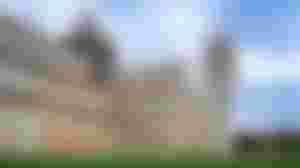
Pisa’s most famous installation is probably its Leaning Tower. The minaret is the bell tower of the cathedral complex. After construction up to the third floor, the minaret bends five degrees to the right due to the instability of the ground below. Later they tried to build it straight. But the minaret kept turning. Later, however, Hela decreased a bit.
Cathedral next to the minaret. It is a basilica of white marble made in the Roman style. Construction began in 1060 after the Pisa navy defeated the Arabs. It has well-arranged arches on its walls. Baptistery west of the cathedral. Although built of marble, it is architecturally Gothic.
Another impeccable attraction of Pisa is the giant monastery Compozento or Sacred Field. It is said that on his way back from the Fourth Crusade, an archbishop brought a ship full of sacred soil from Golgotha, so that the people of Pisa could be buried in it. Sacred field with that soil. Among the museums is the Music Nazionel. Various antiquities collected from different churches have found shelter here. The Palazzo de Cavalri is one of Pisa’s most interesting buildings. Knights were once trained in this building with well-appointed entrances and beautiful staircases.
Siena
The city of Siena is located south of Florence. Throughout history, Siena has been a rival to Florence in terms of power and wealth. The main attraction of Old Siena is the spacious town square Piazza del Campo. Featuring the royal entrance to the palaces and the white pinnacle of the aesthetic Palazzo Public, the courtyard is one of the best in the city.
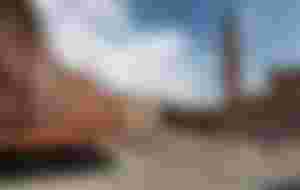
The story of the Baga family of the 14th or 15th century is told in a fresco inside the palazzo publica or town hall. The exterior beauty of the townhall is unique. Beautiful window rows and brick-built entrances enhance the decoration. Standing on one side of the Palazzo Public is the slender Tower Torre del Manza. At the top of the brick tower there is a system to shoot at the enemy's chest. Going up the stairs to the top of the tower, you can see the beautiful view of the mountainous Tuscany.
Horse races are held in July-August. Ten horses run together at the Palazzo del Campo. At this time, the courtyard is abuzz with the various instrumental music of the costume-wearing band. Even armored knights can be seen here. The Cathedral of Santa Maria Asunta is a unique example of Sienna Gothic architecture. Its exterior is decorated with dark and light marble stripes. Several valuable works of art have found a place inside.
Cortana
Cortana is a small town in the province of Arezzo in southern Tuscany. A glance at the walled city, located at an altitude of 600 meters above sea level, is reminiscent of its Roman and Etruscan past. It is said that Dardanes, the founder of Troy, founded this city. Although small, Cortana is interesting. It's like seeing Biato Angelico's panel painting at the Diocese Museum. Many archeological finds of Etruscan can be found in the Etruscan Academy Museum. On the hill are Santa Margarita Sanctuary and Girifalco Castle.
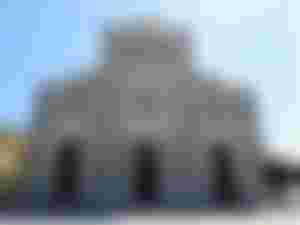
As you walk along the city walls, you will see a spectacular view of the surrounding countryside. Just outside the courtyard of Cortner you will find the monastery of St. Francis. While walking through the narrow alleys of the city, you will see a captivating view - colorful doors, walls covered with vines, all the aesthetic decorations. The walls of the alley also have stories to tell.
Arezzo
The city of Arezzo is the capital of the province of Arezzo. To understand the importance of the city, we have to look back at its history. At first it was a major Etruscan city-state. Then it became an important Roman port. Was independent in the Middle Ages. In the 14th century it was under Florence. In this small place, the natural and historical monuments are in harmony. The main square of the city is Piazza Grande.
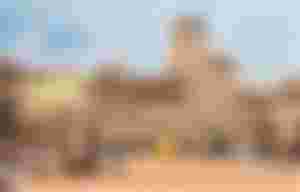
There are a variety of cafes and restaurants. There is a kind of medieval atmosphere in the buildings. Gothic Cathedral is located on the highest hill in the city. Piero della Francesca has Mary Magdalene's fresco. Be sure to check out the house built during the Renaissance period in Vasari. Michelangelo's letter is in the archives of the house.
Luke
The town of Etruscan is located near Luca Pisa. Luke was once under Napoleon. Luke's most famous attraction is the old walls of the city. As you walk along the walls, you can see many hidden beauties of Luke - old castles, picnic grounds, botanical gardens, etc. At the end of the walk you will enter the city center. Luke is known as the 'City of a Hundred Churches'. The Cathedral of St. Martina is next to the train station.
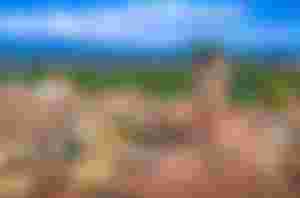
There is another church in St. Martin's Square, St. Michelle's Church. If you walk along the famous Luca Street, you will find all the shops of the city. At the center of Luke is the dazzling Basilica di San Mitchell in Foro. Torre del Ore Tower is a 14th century castle and clock tower. But Luke's most beautiful and iconic tower is the Guinness Tower. At the top of this 45 meter high brick-built Gothic tower, the forest of home and oak can be seen from a distance.
Elba
Elba is the largest island in the Tuscan Islands. The other eight islands and Elba together form the National Park of Tuscan Archipelago. It is the largest marine park in Europe. Elba because of the famous Napoleon. The French emperor was exiled here in 1814.

Atruscan and Roman settlements were once on the island. Monuments to Elber's glorious past can be seen in its castles and museums. Elba is unique for its crystal clear blue waters and mesmerizing beaches. This is the best place for outdoor sports. Here you will have the opportunity to see marine life by diving and snorkeling. Bathing in a thermal bath can also be done.
Tuscany countryside
The village of Tuscany comes to mind with its rugged hills, olive groves, rows of cypress trees, vineyards, picturesque farms and ancient castles in the background. These Tuscan villages are rich in wonderful natural and cultural elements. You can walk, ride a horse or ride a bike to see this beauty immersed in a culture that is hundreds of years old.
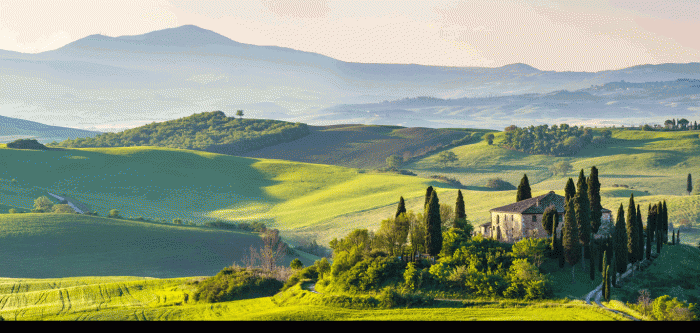
But the best way to see all the colors of Tuscany up close is on foot. Be sure to set foot in Qianti Valley. Its forests, vineyards, villages all have impeccable attractions. In the village of Tuscany you can have all the strange experiences. If you go to the olive season, you can pick olives with the farmers. You will learn to cook Tuscan cuisine at Quantum. When you go to the village of Tuscany, listen to the song of birds, listen to the call of crickets. Feel the vastness of the horizon field.
Thanks for reading this article for so long.
If you like it Upvote Can give.
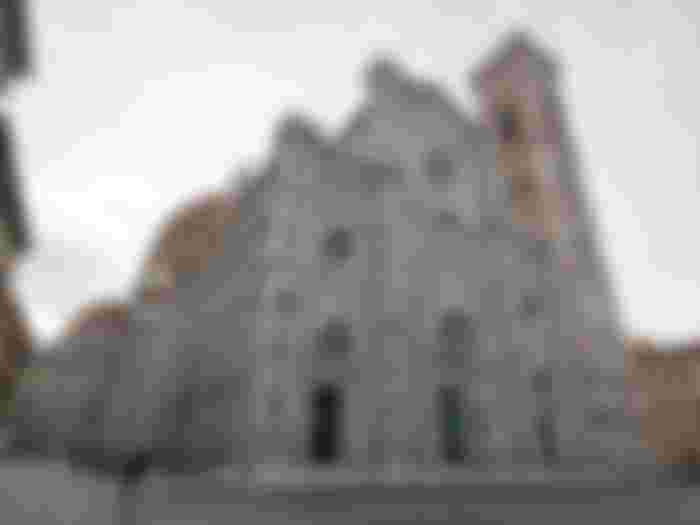

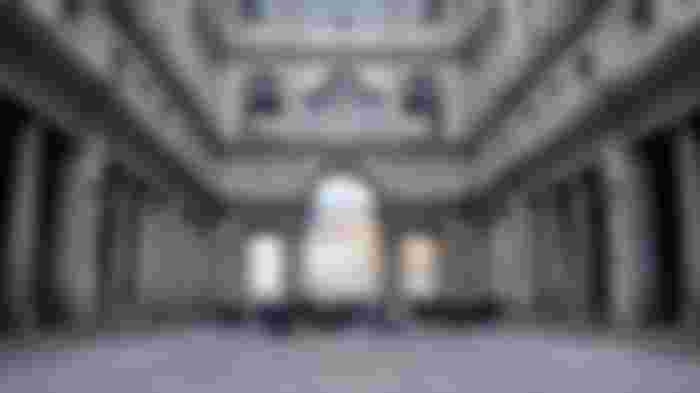
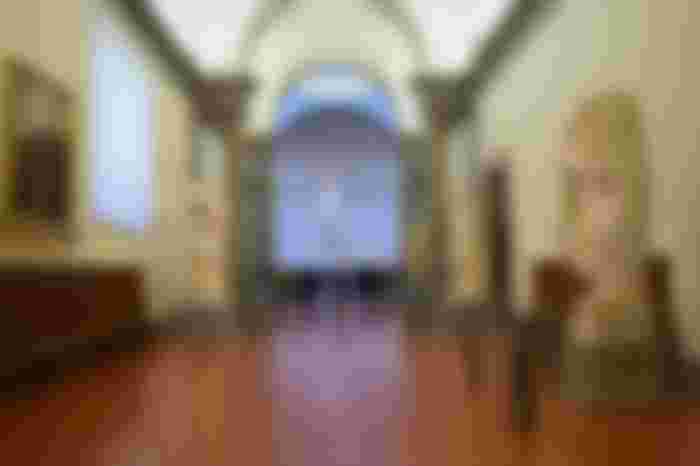
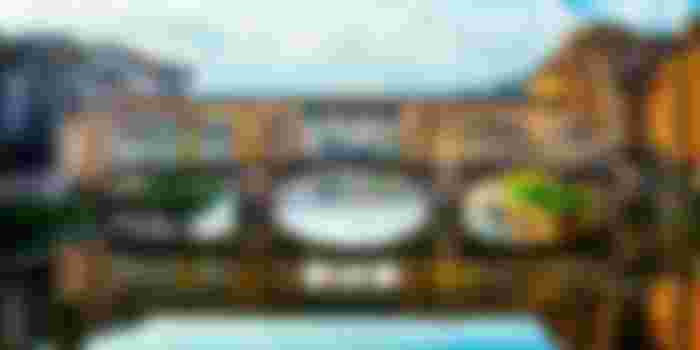

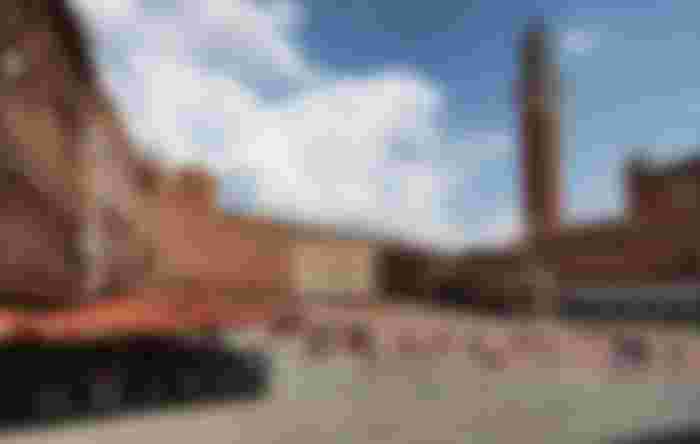
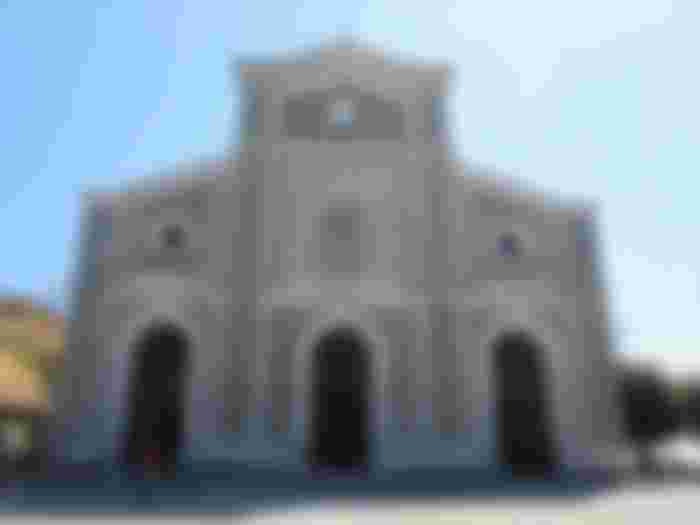
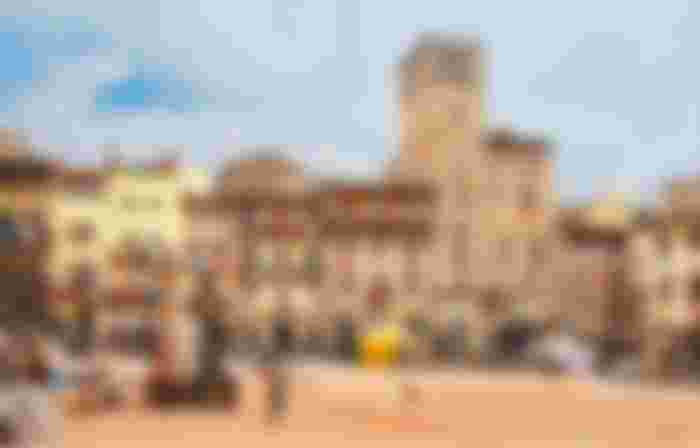
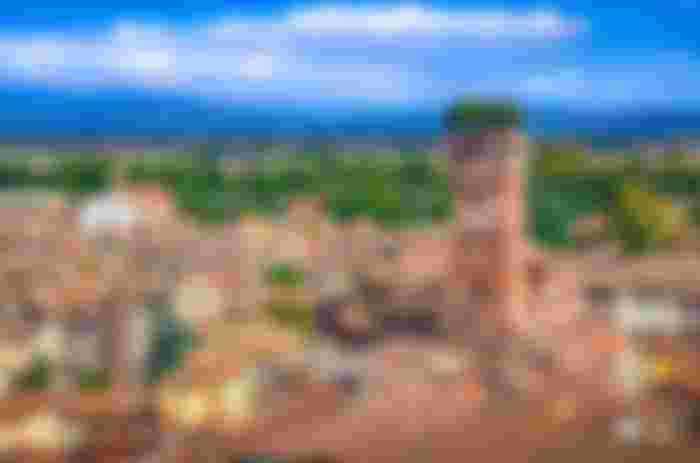
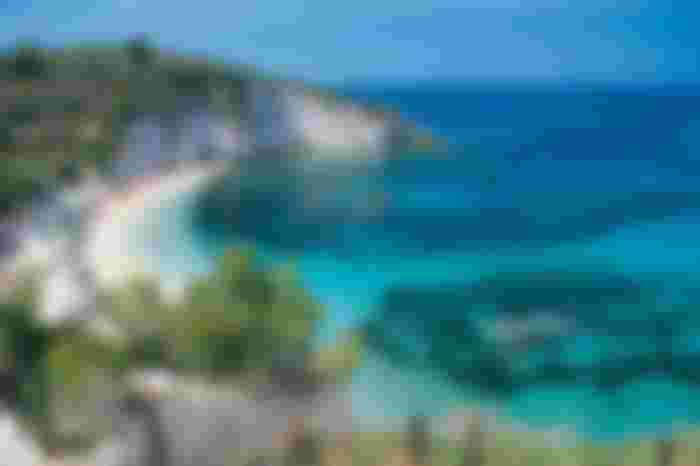
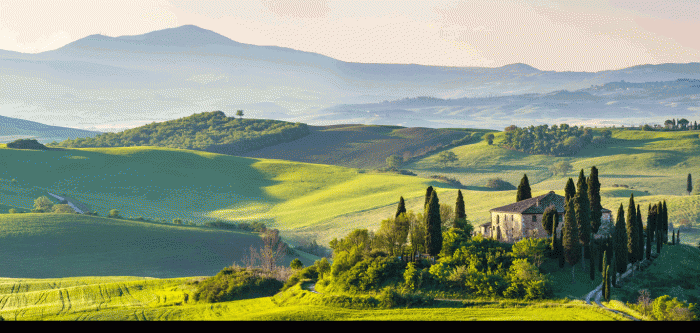
Awesome